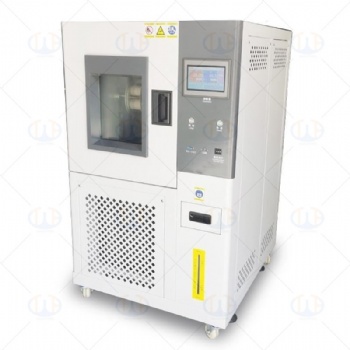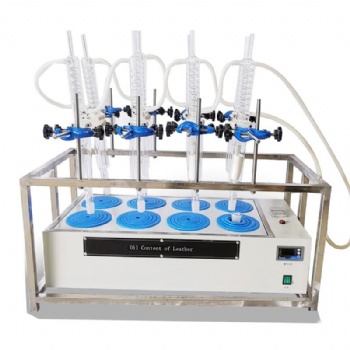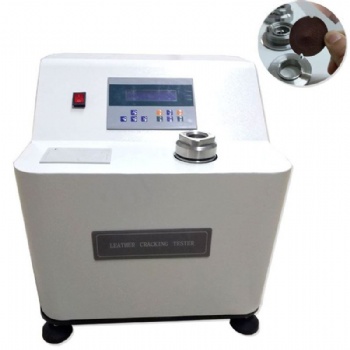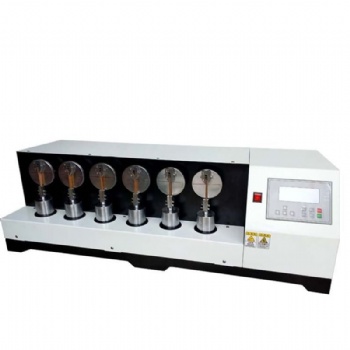News
Semi-Automatic Charpy Impact Tester: An Overview
Semi-Automatic Charpy Impact Tester: An Overview
The semi-automatic Charpy impact tester is an essential tool in material testing labs for evaluating the impact resistance of materials, particularly metals and polymers. This type of tester plays a crucial role in assessing how materials behave under sudden loads, simulating real-life conditions where they may experience sudden impacts. Let’s explore the key aspects of semi-automatic Charpy impact testers, including how they work, their features, advantages, and applications.
What is a Charpy Impact Test?
The Charpy impact test is a standardized test method used to determine a material's resistance to impact loading. In this test, a notched specimen is struck by a swinging pendulum, which breaks the sample. The test records the energy absorbed by the material during fracture, revealing its toughness and capacity to resist breaking under impact.
Features of Semi-Automatic Charpy Impact Testers
Semi-automatic Charpy impact testers are designed to simplify the testing process while ensuring high accuracy and efficiency. Key features include:
Pendulum Swing Mechanism: Semi-automatic machines often feature a motorized pendulum for consistent, repeatable impact energy delivery.
Automatic Sample Positioning: Some semi-automatic models incorporate sample holders with automatic positioning, reducing the manual effort required for sample alignment.
Digital Display and Data Output: Modern models often come with digital readouts to display absorbed energy values directly. They may also include data logging capabilities for easy recording and analysis.
Energy Ranges: These testers offer a range of impact energies to accommodate different material strengths, from brittle plastics to tough metals.
How Semi-Automatic Charpy Impact Testers Work
1.Specimen Setup: The user places the notched specimen in the sample holder. In semi-automatic testers, this step may include a lever or button operation to ensure the sample is securely positioned.
2.Pendulum Release: The machine’s pendulum is positioned at a specific height (corresponding to the desired impact energy) and then released, striking the specimen at a controlled speed.
3.Energy Measurement: The tester calculates the energy absorbed by the material in breaking. The energy value is displayed on a digital screen, and in some cases, data can be exported for further analysis.
Advantages of Semi-Automatic Charpy Impact Testers
Increased Efficiency: Semi-automatic systems streamline the setup and testing process, which reduces operator fatigue and time per test.
Improved Consistency: Automatic features, such as pendulum positioning and sample alignment, ensure repeatable test conditions and reduce human error.
Ease of Use: Semi-automatic machines typically require minimal training, making them suitable for labs with high throughput or less-experienced operators.
Applications of Semi-Automatic Charpy Impact Testers
Metallurgy: Widely used in metals testing, Charpy impact testers help determine the ductility and toughness of metals, which is critical for applications like construction and automotive components.
Polymers: For plastics and composites, Charpy tests provide insight into material resilience, making it valuable for packaging and consumer goods testing.
Quality Control: In manufacturing, impact testing helps ensure that materials meet specified toughness requirements, providing a critical layer of quality control before products reach the market.
Key Considerations
When selecting or operating a semi-automatic Charpy impact tester, keep the following in mind:
Calibration: Regular calibration is essential to maintain accuracy, as pendulum energy can vary over time.
Specimen Preparation: Accurate specimen notching and size compliance are vital to achieving standard-compliant results.
Environmental Factors: Temperature and humidity can affect test results, so testing conditions should be standardized, especially for temperature-sensitive materials.
Conclusion
Semi-automatic Charpy impact testers offer an efficient, reliable method for assessing material toughness and impact resistance. By combining automatic features with user control, these machines balance ease of use and precision, making them ideal for high-throughput and quality control environments. Whether testing metals, polymers, or composites, these testers provide essential data that helps engineers and manufacturers ensure material integrity in demanding applications.
ceramic tiles testing equipment, bohme abrasion tester, load cell, plastic testing equipment
Categories
Contact Us
- +86-18615632092
- wtbequipment@hotmail.com
- sophie-tester
- +86-18615632092




 售前客服
售前客服